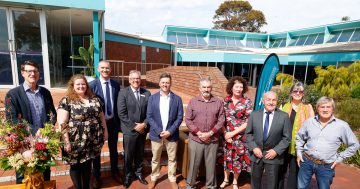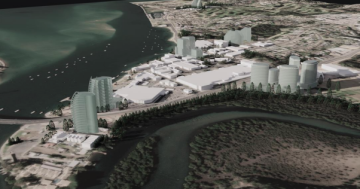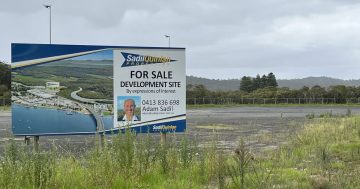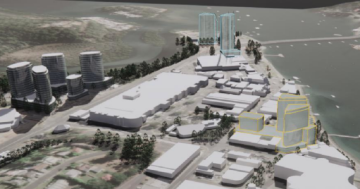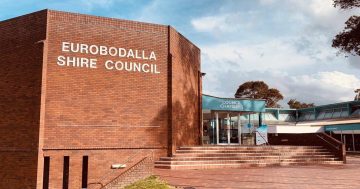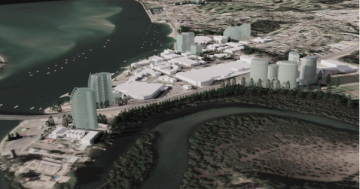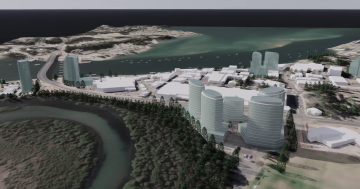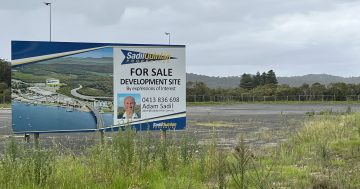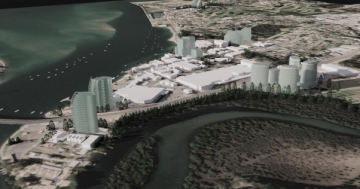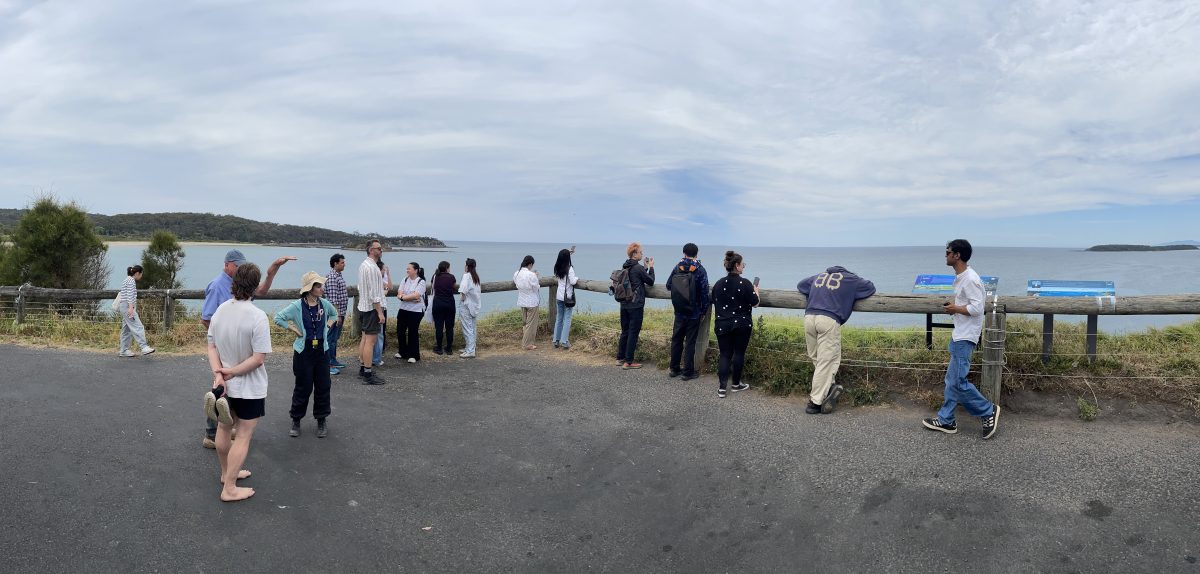
Forty-one postgraduate students from UNSW spent three days in Batemans Bay. Photos: Dr Joshua Zeunert.
The draft Batemans Bay Master Plan has compelled UNSW lecturers to bring their landscape and urban design students to Batemans Bay.
Associate Professor Joshua Zeunert is a landscape architect and Benjamin Driver is an urban designer.
Dr Zeunert said UNSW students went into regional communities annually to understand what was important to a particular community and came up with meaningful and appropriate design responses.
Out of 10 shortlisted regional towns they chose Batemans Bay because it was the right place to visit to get an understanding of community sentiment given the master plan.
They and 41 postgraduate students spent three full days in Batemans Bay in October.
They met the Walbunja Rangers from Batemans Bay Local Aboriginal Land Council and went for a walk with them.
Next, they met Dr Hamish Sinclair, Eurobodalla Shire Council’s senior strategic planner, who talked about the master plan. That was followed by a Q&A session and sessions with Deb and Brett Stevenson, the architect and artist Stuart Whitelaw, to hear community perspectives and benefit from their professional expertise.
The following day, they met Batemans Bay Heritage Museum’s president and vice-president. The remainder of the time was spent exploring the town, engaging with the community and listening to get an understanding of the master plan.
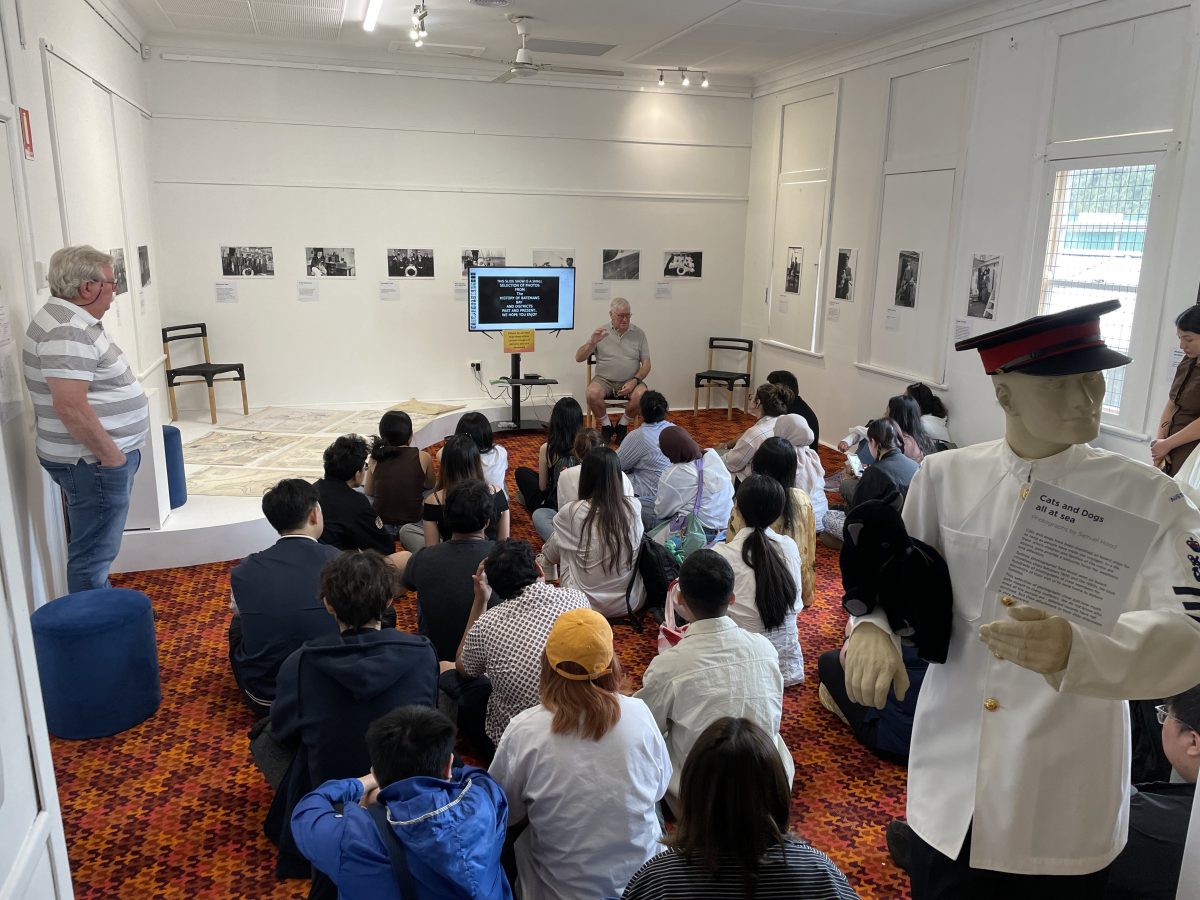
UNSW postgraduate students visited Batemans Bay Heritage Museum.
Dr Zeunert and Mr Driver were concerned by council’s lack of community consultation.
“There wasn’t a process of genuine engagement with the community which is normal best practice for a master plan,” Dr Zeunert said. “You talk with the community first and understand their aspirations and wishes, instead of imposing a particular view.
“As part of the preparatory analysis work, my students researched other coastal towns with similar populations across the world to study their urban densities. We didn’t find anywhere with building heights anywhere near those in the master plan and its appendices.”
Mr Driver said it was critical in good urban design to test options and rigorously test which was the best one. “The best option should be consulted on and developed into a clear vision.”
He said in addition to consultation, the master plan process should include “grounding yourself in Country, consulting with First Nations people and thinking about the landscape”.
The proposed area for the master plan is a sensitive environment and vulnerable to rising sea levels, storm surges and stormwater flooding from the catchment.
“Those particular environmental factors should be front and centre,” Mr Driver said. “There has to be big questions about the safety and validity of putting high-rise development very close to the high-tide mark. It should be explicitly stated upfront. At the moment it isn’t visible.”
They were alarmed to hear that when people had raised their concerns with council, council said that the high-rise buildings would not happen in their lifetime, so there was no need to worry.
“Telling people to ignore the tall buildings because they won’t happen in your lifetime is the antithesis of good long-term master planning,” Dr Zeunert said.
Mr Driver said master planning should be based on realistic horizons with a transparent line of sight over five-year, 10-year and 20-year horizons.
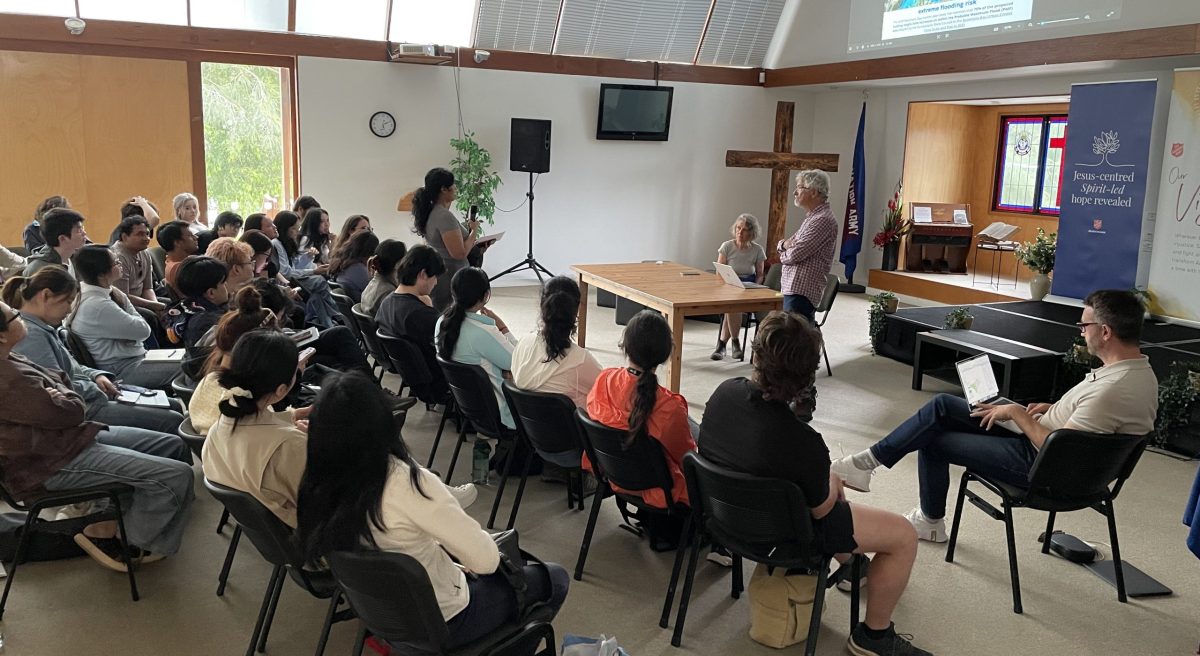
The UNSW students met with Brett and Deb Stevenson.
They agreed that an independent peer review of both the process and the content of the master plan was essential.
“Where is the community consultation to give both council and the community assurance that what is unfolding is best for them,” Mr Driver asked.
Council has said there will be a probity report into the master plan, partly because of the conflict arising from council owning land, developing the master plan, and approving developments.
Mr Driver said over the past several decades planning in NSW had lost the ability to spatially and strategically plan. The race for housing would create potential problems if the quality of density was ignored.
“I tasked the students with looking at gentler density, exploring self-contained hamlets that are place-based and have community benefits where the development opportunity isn’t given away for profit,” he said.
The students’ work is due in mid-December and could be made available for public display.
“We thought we needed to expose the students to the master plan and challenge it,” Dr Zeunert said.
“Ideally, this master plan would be stopped and independently peer reviewed,” he said. “We are very confident that another master plan that is still financially viable for developers could be developed with better outcomes for the community and the place. The future can be a lot better than what council has proposed.”







